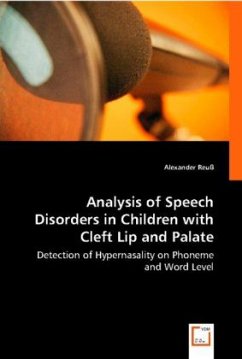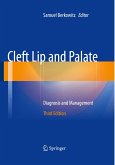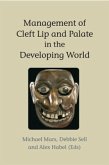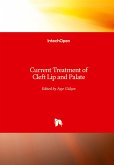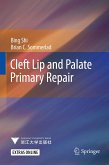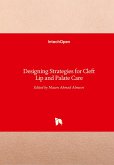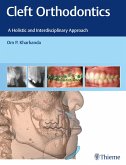Speech disorders, especially hypernasality, are common in children with cleft lip and palate. In order to simplify the diagnosis during the speech therapy of these patients an automatic non-invasive way to measure hypernasality is desirable.In this context, the author analyzes approaches to the detection of hypernasal speech. The focus lies on examining the fitness of several features for that purpose. These include pronunciation features computed from phoneme confusion probabilities, prosodic features, features based on the Teager Energy operator, and Mel Frequency Cepstral Coefficients.The extraction process of each of these features is described as well as the classification system in which they are tested.Finally, experimental results are presented and discussed.This work addresses researchers in the field of pattern recognition.

